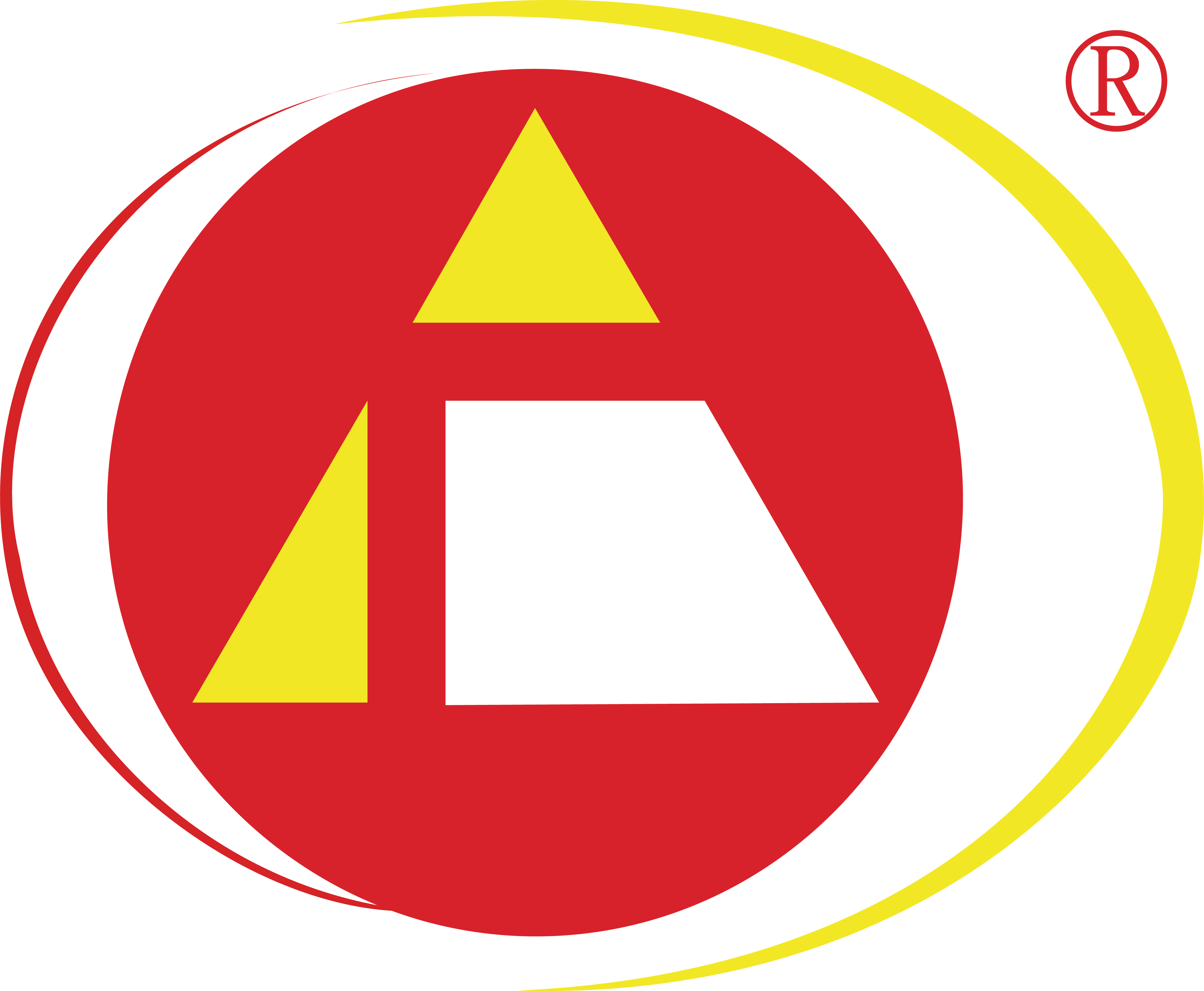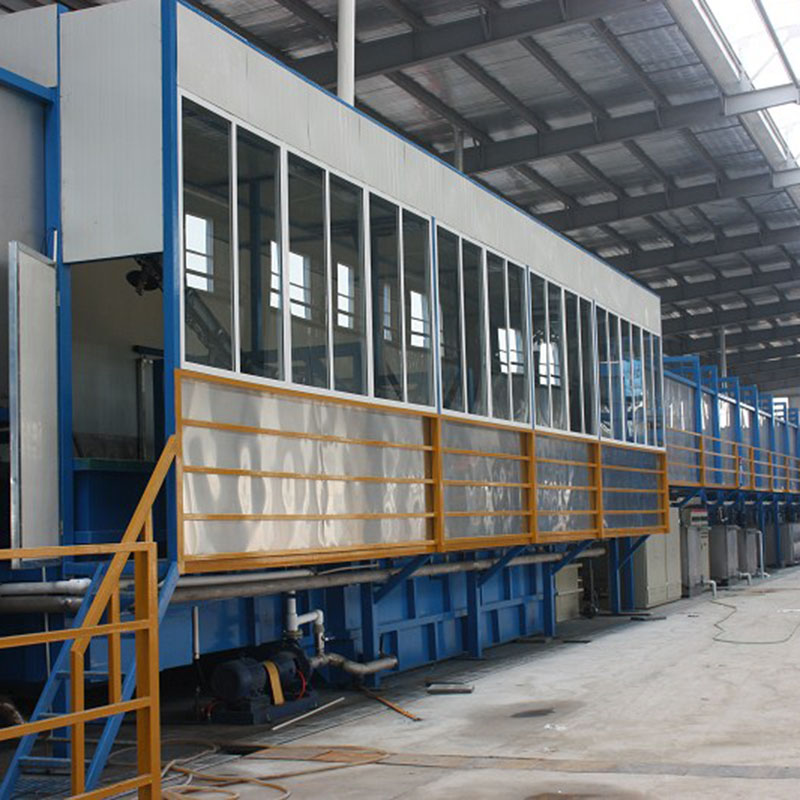Electrophoresis EP Electrophoretic Painting Line
Simple Description
Electrophoretic paint (E Coat) is now the finish of choice within the automotive industry where high corrosion resistance is required on sub frame components. This is generally far more durable and offers a low cost alternative to powder coating and is becoming ever more popular is general industrial or retail applications where a high corrosion resistance and aesthetically pleasing finish is required.
E-coat Epoxy Type (electrophoretic painting) offers a high corrosion resistance, normally in excess of 1000 hours salt spray resistance as well as an excellent aesthetic appearance.
When applied to such coatings such as phosphate, zinc or zinc-nickel the corrosion properties can be increased even further. In addition, unlike sprayed or dipped coatings the E-coat finish gives a uniform density of coating over the whole part regardless of the complexity of the product. This surface finish provides a hard surface coupled with good chemical resistance giving excellent wear properties and is an excellent alternative to powder coating on many applications.
The major worldwide suppliers of automotive ecoat KTL are PPG Industries USA, BASF Germany, Hawking Electro technology UK, DuPont, Frei Lacke Freiotherm and Henkel.
Electrophoretic e-coat customers today insist on high quality and durability from the products they pay money for. They demand these products must perform well, but they want the finish to look excellent and resist corrosion for a much longer period of time. The finishing processes offered by Electrophoretic coating are designed to do just that. A common name for those finishing processes is KTL, Electrophoretic lacquer, Electrodeposition, Electro-coating, Cathodic dip-painting (CDP) and e-coating.
Product Display




Processes
Pretreatment |
Clean and phosphate the metal to prepare the surface for e-coating. Cleaning and phosphating are essential to achieving the performance requirements desired by today's end user of the product. We analyze the metals to be processed and choose the most appropriate chemicals. A high quality zinc phosphate system using the immersion method is primarily used in our systems where steel and iron parts are to be coated. |
Electro-coating |
Where the coating is applied and the process control equipment operates. The e-coat bath consists of 80-90% deionized water and 10-20% paint solids. |
Post Rinses |
Provide both quality and conservation. During the e-coat process, paint is applied to a part at a certain film thickness, regulated by the amount of voltage applied. Once the coating reaches the desired film thickness, the part insulates and the coating process slows down. As the part exits the bath, paint solids cling to the surface and have to be rinsed off to maintain efficiency and aesthetics. The excess paint solids are called "drag out" or "cream coat." These excess paint solids are returned to the tank to create coating application efficiency above 95%. |
Baking Oven |
Receive the parts after they exit the post rinses. The bake oven cross links and cures the paint film to assure maximum performance properties. |











